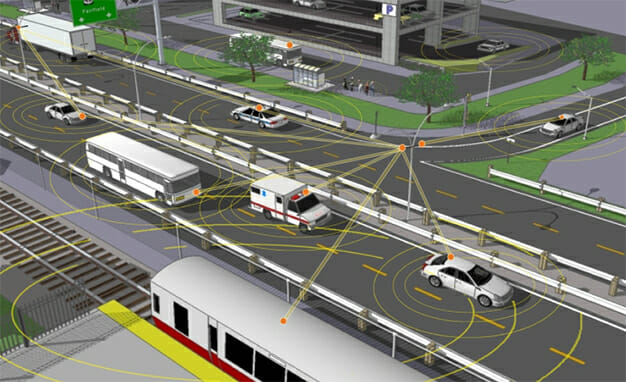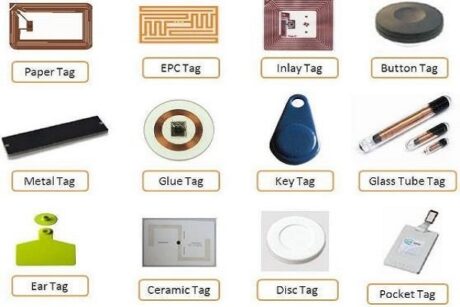- Course No E – 1530
- PDH Units 5.00
No data found for Custom Course Number
No data found for Custom Course Units
- Course No E – 1530
- PDH Units 5.00
Intended Audience: electrical, mechanical, civil, and transportation engineers concerned with automobile safety.
PDH UNITS: 5
This online PDH course introduces the basic concepts of Vehicle-to-Vehicle (V2V) communication systems. V2V systems, which use on-board dedicated short-range radio communication devices to transmit information between moving vehicles, have the potential to revolutionize motor vehicle safety. The information transmitted consists of speed, acceleration, heading, brake status, and other aspects of the vehicles’ motion. When received in a timely manner, this information helps vehicle systems identify and warn about potential crash situations with other vehicles. Thus V2V-based safety applications potentially could reduce the number and severity of motor vehicle crashes and the losses and costs to society that would otherwise have resulted. This course is based on Section II of the National Highway Traffic Safety Administration’s Notice of Proposed Rulemaking (NPRM) that proposes to establish a new Federal Motor Vehicle Safety Standard (FMVSS), No. 150, to mandate V2V communications for new light vehicles and to standardize the message and format of V2V [Downloaded 1/22/2017].
Learning Objectives
At the successful conclusion of this course, you’ll be able to identify and discuss:- The safety need
- Overall crash population that V2V could help address
- Pre-crash scenarios potentially addressed by V2V communications
- Radar and camera based systems
- Communication-based systems
- Pre-crash scenarios and associated safety applications
- Fusion of vehicle-resident and communication-based systems
- Automated systems
- Need for Federal government to assume a large role in establishing key elements of the V2V environment
- Superiority of V2V technology in preventing intersection and left-turning crashes
- V2V international and harmonization efforts
Once completed, your order and certificate of completion will be available in your profile when you’re logged in to the site.










